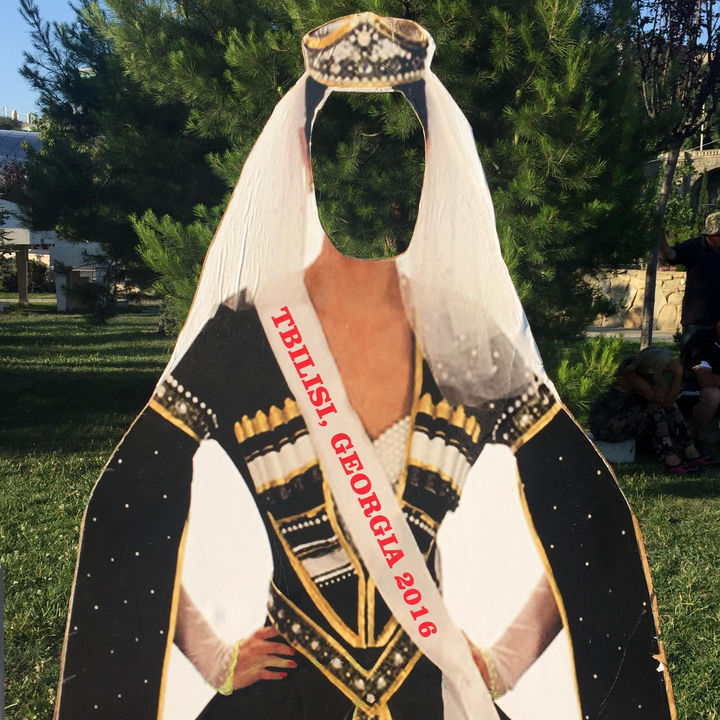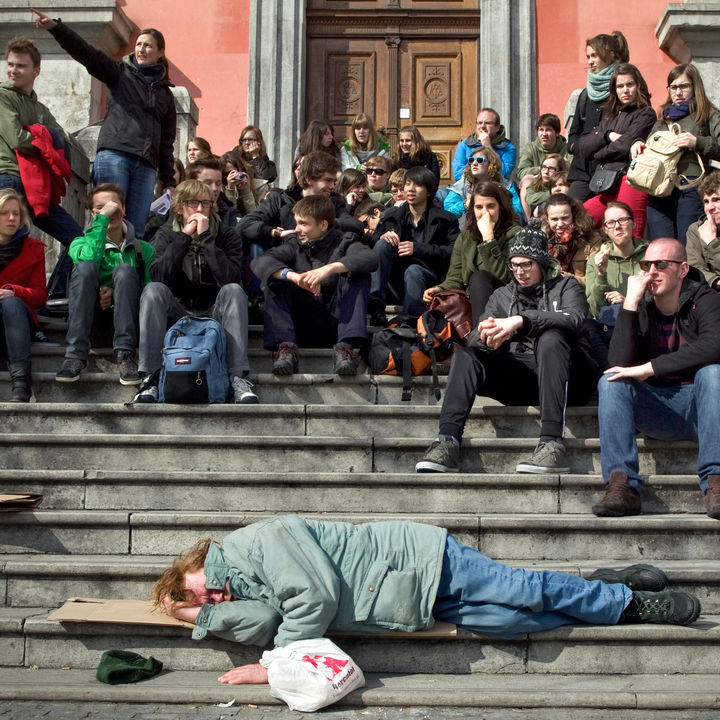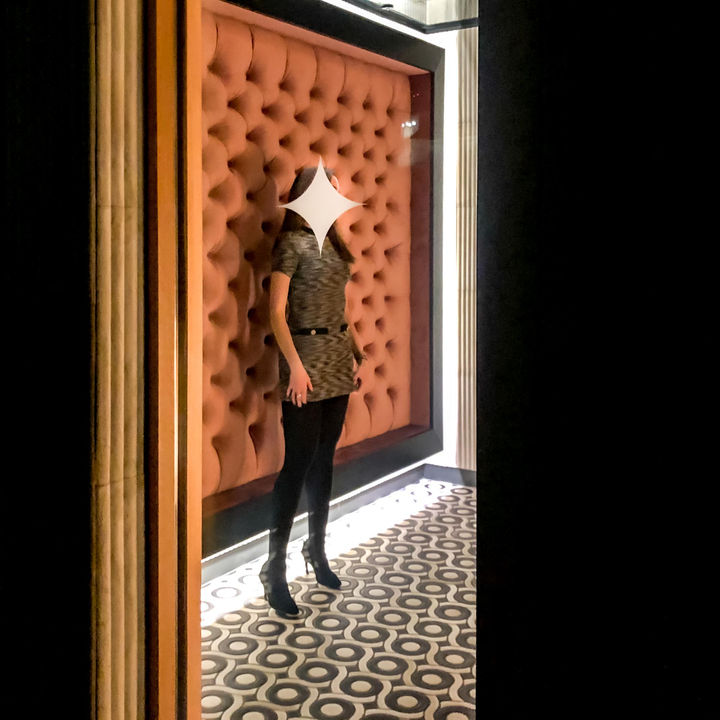VORANC VOGEL
POCESTNICE
GALERIJA SALSA VERDE, IZOLA
Gospod Jourdain, protagonist Molièrovega Žlahtnega meščana, ni vedel, da že desetletja govori prozo – protagonisti fotografij Voranca Vogla ne vedo, da so smešni, komični in zabavni, da se jim dogajajo smešne reči. In četudi jih ni na fotografiji, so še vedno smešni, pravzaprav še bolj smešni – ker jih zasenčijo in odpihnejo njihovi predmeti, prav tako smešni, komični, navihani in zabavni, ker si domišljajo, da so živi in absolutni, da živijo svoje življenje in da ne potrebujejo človeka. Če bi bile Vorančeve fotografije filmi, potem bi ti predmeti parali živce kakemu Tatiju – ali inšpektorju Clouseauju.
Ne da so protagonisti teh fotografij – utrinki z ulice – vnaprej vedeli, kaj se bo zgodilo. “Tisto” se je zgodilo šele, ko so dobili pripis. Šele pripis – duhovit, sarkastičen, ironičen – jih je spremenil v dogodek. V spektakel vsakdanjega življenja. V demonstracijo notranjega potenciala in notranje teatraličnosti vsakdanjosti.
In vse te like, connaisseurje prostega časa, ležernosti, brezdelja, igre in ekologije mrtvega časa, neznance, ki imajo subkvaliteto neznanega “prijatelja” s Facebooka (ali nesojenega ljubimca s Tinderja), si lahko predstavljamo na isti fotografiji, na istem posnetku, v isti zgodbi in istem filmu, čigar finalni twist se glasi: vsi se poznajo!
Če bi bile Vorančeve fotografije puzzle ali whodunit, bi se oglasni slogan glasil: Vsi so povezani, toda le eden je morilec! Od leta 1966 – od Antonionijeve Povečave – fotograf itak tudi uradno ne ve več, kaj točno je posnel. Kdo ve, lahko je posnel truplo, ne da bi vedel.
Ne, protagonisti Vorančeve “človeške komedije” niso videti kot homo economicus, še manj kot homo politicus, prej kot homo ludens, saj se zdi, da vsi skupaj živijo od presežne vrednosti, tistega čarobnega presežka, ki ga ustvarja avtomatizirana, robotizirana, digitalizirana proizvodnja (v prihodnosti bomo vsi delali le še nekaj ur tedensko, uživali bomo v prostem času, življenje bo igra ipd.), katere simbol je prav koda QR, ki omogoča “hitro odzivanje”, sunkovito vstopanje v dogajanje, prestopanje na “drugo” stran (kjer je “vse povsod naenkrat”), ki torej omogoča, da sploh kam prideš, da ne ostaneš zunaj in zadaj, da ničesar ne zamudiš, da premagaš tisti mučni, ekstatični, vročični FOMO (fear of missing out), da si na tekočem, stalno buden, prižgan, osredotočen, ažuriran in posodobljen, interaktiven na interpasiven način (kodi QR lahko pustiš, da gleda fotografije namesto tebe), nenehno v stiku s pričakovanji neoliberalne mašine – in njeno protiigro, umetnostjo, umetnostjo uličnega utrinka, umetnostjo hitrega odziva, fotografskim stand-upom, v katerem Voranc za nameček besedi “pocestnica”, ki je izgubila legitimnost, najde novo rabo, saj jo prelevi v žanrski izraz za utrinke flâneurja, benjaminskega, antiturističnega, napol detektivskega uličnega opazovalca modernega življenja.
In tu je velika ironija: mi, gledalci, obiskovalci, sprehajalci, hočemo biti povsod naenkrat, mudi se nam drugam (na drugo kodo QR, na drug portal, na drug tvit ipd.), protagonistom teh fotografij pa se nikamor ne mudi, saj uživajo natanko tam, kjer so – ker so umetnina. Le da tega ne vedo. Nihče ni popoln. Niti človek, ki je gledan. Kaj šele človek, ki gleda.
A vsa ta protislovja Vorančeve etnografije smešnih postresničnih časov – in kartografije digitaliziranega nezavednega, če smo že ravno pri tem – so popisana z Barthesovim dictumom iz Predgovora k mitologijam: “V polnosti hočem živeti protislovje svojega časa, v katerem lahko sarkazem postane pogoj za resnico.”
Marcel Štefančič, jr.
























